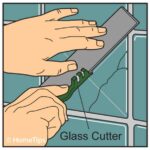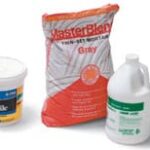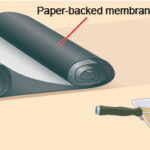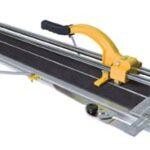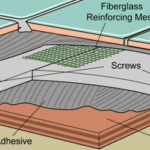This guide will help you choose the right tile underlayment for your home. Learn about cement backerboard and plywood subflooring, their benefits and drawbacks, and how to choose the right one for your needs.
The materials that lie hidden beneath tile determine whether the tile will last for centuries or only a few years. A stable, firm subfloor; flat and even underlayment; adhesive that grabs hard; and long-lasting grout all contribute to a durable tile job.
If a floor is solid, it may be possible to tile directly over it. However, if the existing surface is not strong enough, or if the area will get wet, install materials designed specifically to support tile and/or to withstand moisture.
Cement Backerboard
Some pros install tile the old-fashioned way, by pouring a thick slab of mortar and setting the tiles directly in it-a time-consuming operation that requires special skill. Today, homeowners can achieve the same moisture tolerance and strength by laying down sheets of cement backerboard.
Cement backerboard comes in two varieties, both made primarily of Portland cement, which retains its strength even when it is soaked with water. Fibrous cement backerboard has fibers running throughout its body and is smoother.
Mesh-reinforced cement backerboard is basically a slab of cement held together by an embedded fiberglass mesh that wraps around both sides; this board has one very rough side and one that is fairly smooth but pitted. Both types are available in thicknesses ranging from 1/4 inch to 5/8 inch, and in sheets of various sizes.
Attach either type of cement backerboard using special backerboard screws, which are strong and can easily be driven flush with the surface. Standard drywall screws are much more difficult to drive flush and are prone to break. Drive the screws using a drill equipped with a screwdriver bit. Seal joints between pieces of backerboard with fiberglass mesh tape and thinset mortar.
Plywood Subflooring
Ceramic or stone floor tile can also be installed on plywood, as long as the floor structure is firm and the tiles will not get very wet. If moisture is an issue, it is best to install ceramic and stone tiles on cement backerboard, as plywood will swell when wet.
Plywood is inexpensive, easy to cut and install, and can form a very smooth surface. Plywood designed for underlayment has a series of cross-shaped marks, which makes it easy to drive screws or nails in a grid pattern.



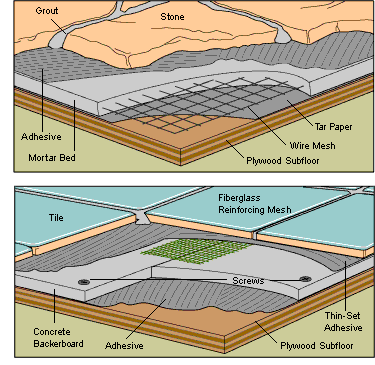
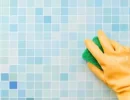
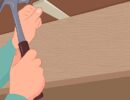
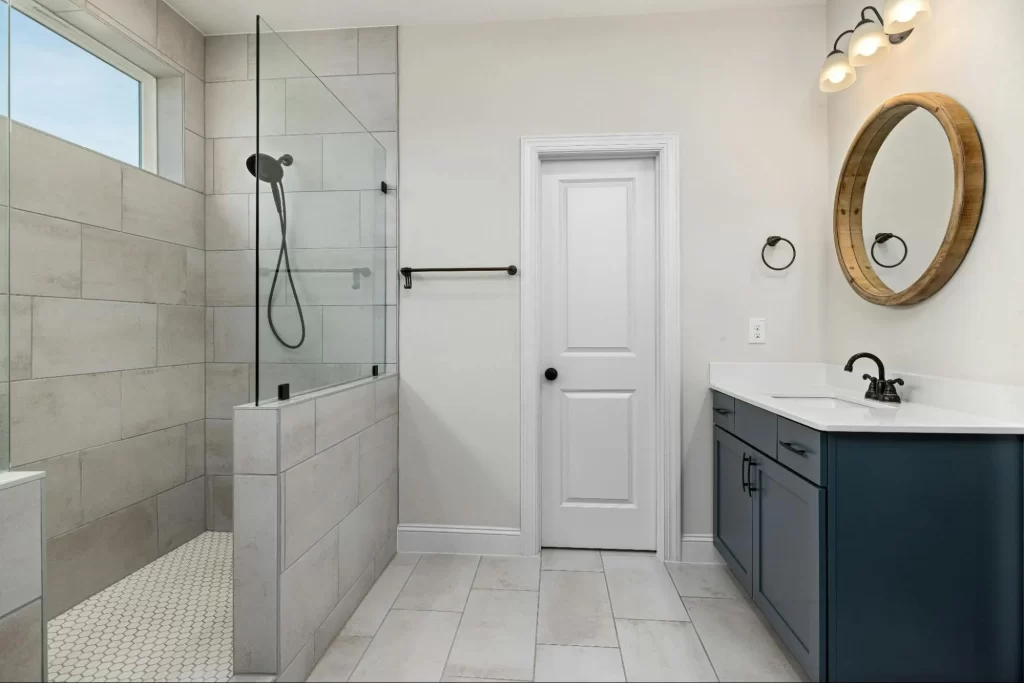
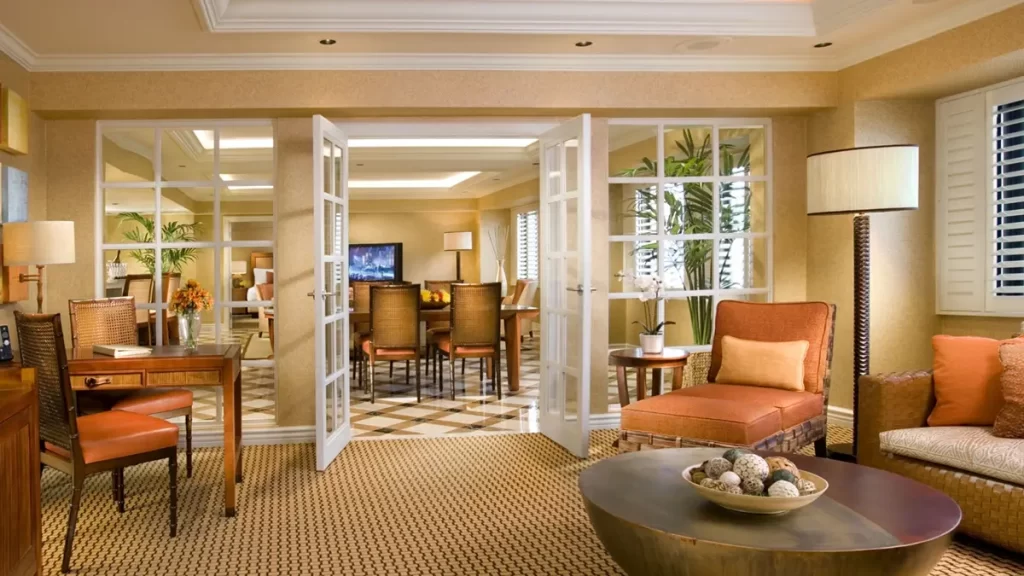
 Don Vandervort writes or edits every article at HomeTips. Don has:
Don Vandervort writes or edits every article at HomeTips. Don has:
